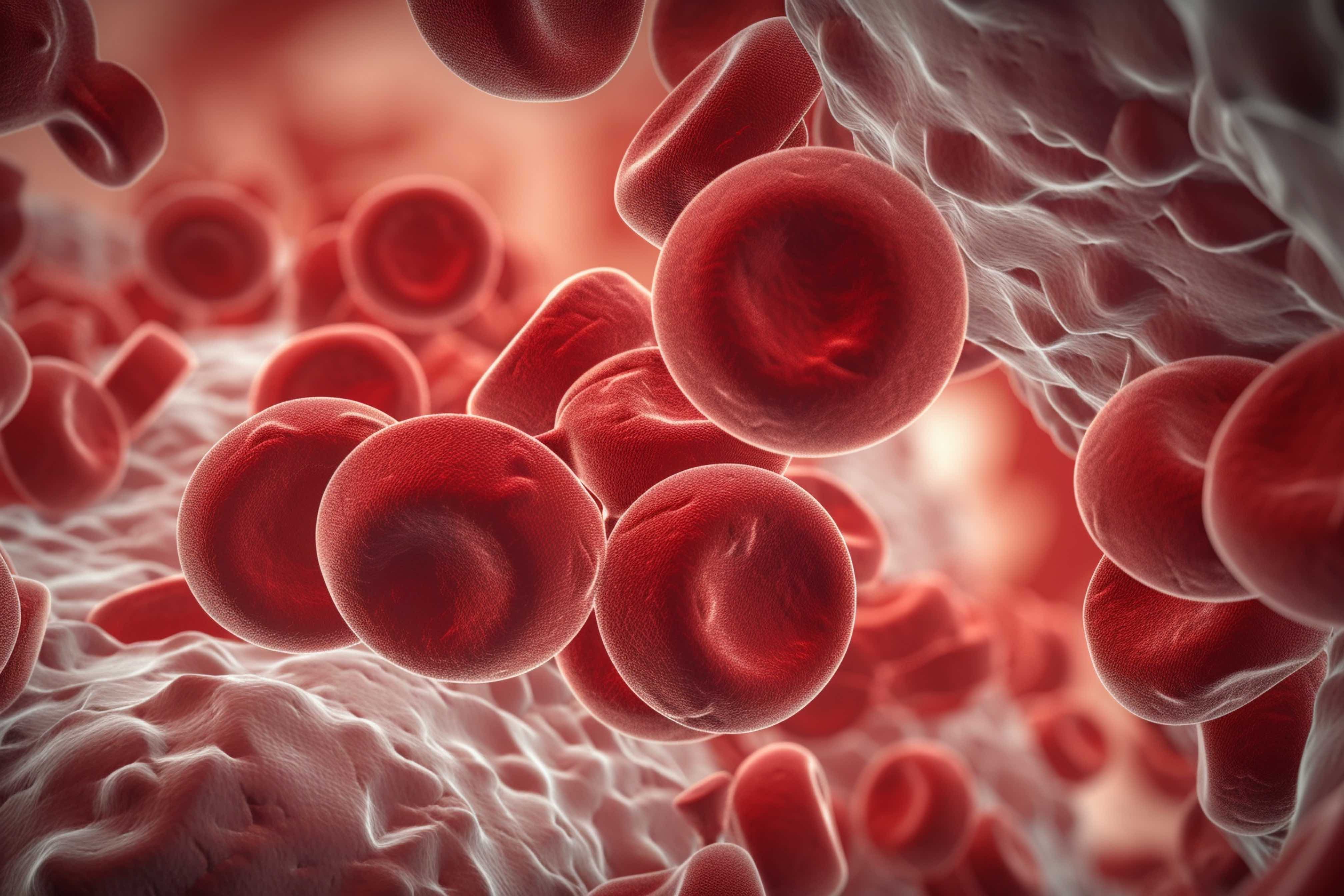- Center on Health Equity & Access
- Clinical
- Health Care Cost
- Health Care Delivery
- Insurance
- Policy
- Technology
- Value-Based Care
Flow Cytometry, Cytomorphological Features Correlate With MDS Prognosis
Characteristics including Ogata score and phenotypic aberrancies may correlate with mutational patterns that are predictive of treatment response in patients with myelodysplastic syndrome.
This article was originally published by CancerNetwork®.
The presence of cytomorphological and flow cytometry features correlated with both prognosis and mutational patterns that may be predictive of treatment outcomes in patients with myelodysplastic syndrome (MDS), according to findings from a study published in Annals of Hematology.
Investigators identified 81 pathogenic or likely pathogenic mutations in 38 of 58 patients using next generation sequencing (NGS), yielding a median of 1 mutation per patient (range, 0-6) and a median of 1 mutated gene per patient (range, 0-5). Additionally, the most common gene mutations included SF3B1 (17%), ASXL1 (14%), and TET2 (14%).
Blood cells illustration | Image credit: Катерина Євтехова - stock.adobe.com

Overall, 62% of patients with lower-risk disease presented with at least 1 mutation, and all 4 patients (100%) with higher-risk disease presented with mutations. The presence of at least 2 mutations was associated with worse overall survival (OS; P = .009) and event-free survival (EFS; P = .056). In a subgroup of 21 patients with mutations in splicing, investigators reported significantly worse OS (P = .004) and EFS (P = .005).
Having at least 2 mutations correlated with an Ogata score of 2 or higher (odds ratio [OR], 6.750; 95% CI, 2.048-22.250; P = .001), which significantly correlated with having epigenetic modifier genes (P = .003), SRSF2 mutations (P = .035),and TET2 mutations (P = .001). Additionally, expression of CD15 correlated with U2AF1 mutations (P = .032) and EuroMDS group 4 disease, defined as MDS with U2AF1 mutations related to chromosome 20q deletions and/or chromosome 7 abnormalities (P = .032). Investigators also reported that a high cytomorphological blast count was associated with TP53 mutations (P = .053; R = .439) and group 2 EuroMDS, defined as MDS harboring TP53 mutations and/or complex karyotype (P < .001; R = .315). Moreover, a high flow cytometry blast count was associated with RUNX1 mutations (P = .024; R = .266) as well as TP53 mutations (P = .041; R = .315).
Investigators determined that EuroMDS group 4 disease significantly correlated with worse OS (P = .019) based on multivariate analysis. Additionally, group 4 disease (P = .023) and an Ogata score of at least 2 (P = .041) was found to be associated with EFS.
“It is necessary to identify the correct subset of patients who could benefit the most from NGS test and the proper panel of genes to analyze to reduce costs and turnaround times,” the study investigators wrote. “According to our findings, specific [flow cytometry] characteristics such as Ogata score and specific PAs correlate with mutational patterns, which can predict outcome and treatment response in the majority of patients. As a result, these low-cost first-line tools could help guide the selection of patients for mutational screening for optimal risk stratification.”
In this retrospective study, investigators assessed outcomes in 145 patients from November 2017 to February 2022, which included 106 with 2016 World Health Organization MDS and 39 with non-clonal cytopenias as controls. Investigators conducted immunophenotypic and cytogenetic tests as well as cytomorphological examination on bone marrow in all patients, and 58 underwent NGS.
Investigators defined MDS as lower risk or higher risk based on International Molecular Prognosis Scoring System (IPSS-M) and revised IPSS criteria. Morphological dysplasia was defined as the presence of one or more myeloid lineage in at least 10% of cells.
A minimum Ogata score of 2 was effective in helping to identify 63 of 106 patients with MDS, while misclassifying none of the controls, which produced a sensitivity and specificity rate of 59% and 100%, respectively. The mean rate of flow cytometry CD34-positive blasts was 2.2%, and the median number of blasts was 0.9 (range, 0-12). In an outcome analysis, an Ogata score of at least 2 and higher flow cytometry blast counts, respectively, correlated with evolution of acute myeloid leukemia (AML; P = .001; P = .024), worse OS (P = .004; P = .002), and EFS (P = .003; P = .001).
After assessing cytomorphological blast counts in 92 patients, investigators identified a median blast count of 2 (range, 0-15). Additionally, a higher number of blasts was associated with a positive Ogata score (P = .007; R = .338), AML progression (P = .001), shorter EFS (P <.001), and worse OS (P < .001).
Reference
Guarnera L, Fabiani E, Attrotto C, et al. Reliability of flow-cytometry in diagnosis and prognostic stratification of myelodysplastic syndromes: correlations with morphology and mutational profile. Ann Hematol. Published online August 3, 2023. doi:10.1007/s00277-023-05384-2
